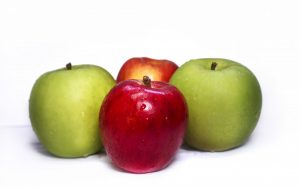
by Tom Reilly
Price shoppers use value-stripping to gain price concessions by sellers. This means that buyers reduce the offer to its most fundamental and generic properties; they commoditize the product. Salespeople must not participate in this game. And, this is a game.
In Value-Added Selling, there is no such thing as a commodity. The salesperson’s solution includes three things: the product, the company supplying that product, and the salesperson. Can two sellers sell the exact same product? Yes. Can two sellers sell the exact same product in exactly the same way? Possibly, but not probably. Can two salespeople be exactly the same? No. No two salespeople bring the same value as the other.
Consider the three ways you can differentiate—with your products, your company’s services, and you. Even commodity-type products can be differentiated if they are repackaged differently or supported differently. No two customer service departments are the same. No two company resources are exactly the same. No two salespeople are exactly the same.
There are over 7,500 varieties of apples worldwide with 2,500 varieties growing in the US alone. One apple is not the same as another. A Gala apple is different from a Red Delicious apple. A Fuji apple is different from a Granny Smith apple. A Jonathon apple is different from a Cameo apple. Get the point? Your apples are different from your competitors’ apples; so, the next time your buyer tries to suck you into an apples-to-apples comparison, remind the buyer that there are many varieties of apples, and then sell your unique variety.
You can read more about price shoppers in Crush Price Objections (McGraw-Hill, 2010). Visit www.TomReillyTraining.com for details on our Value-Added Selling public seminar.

